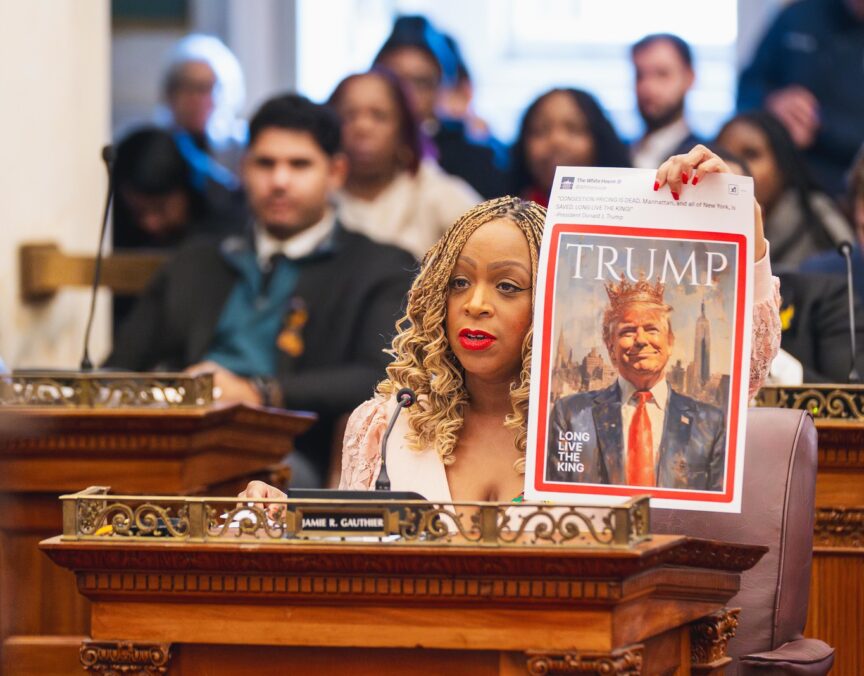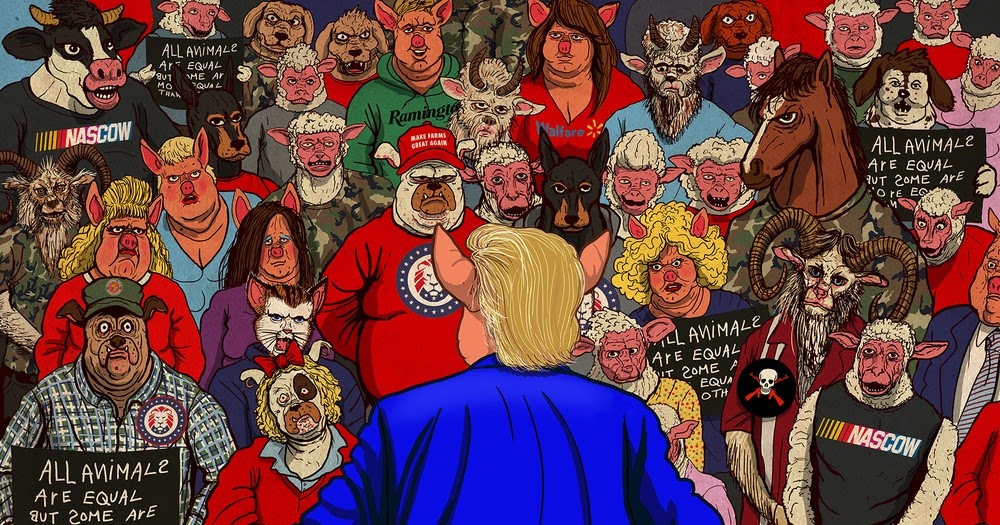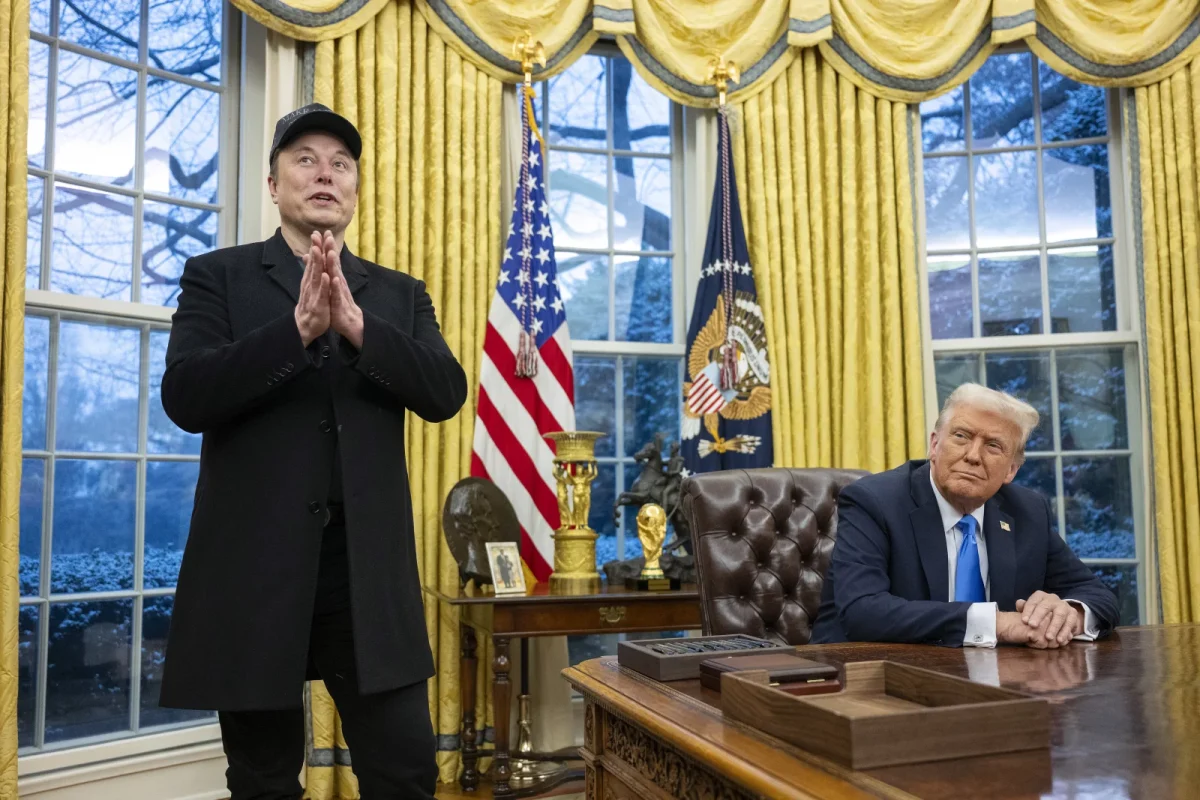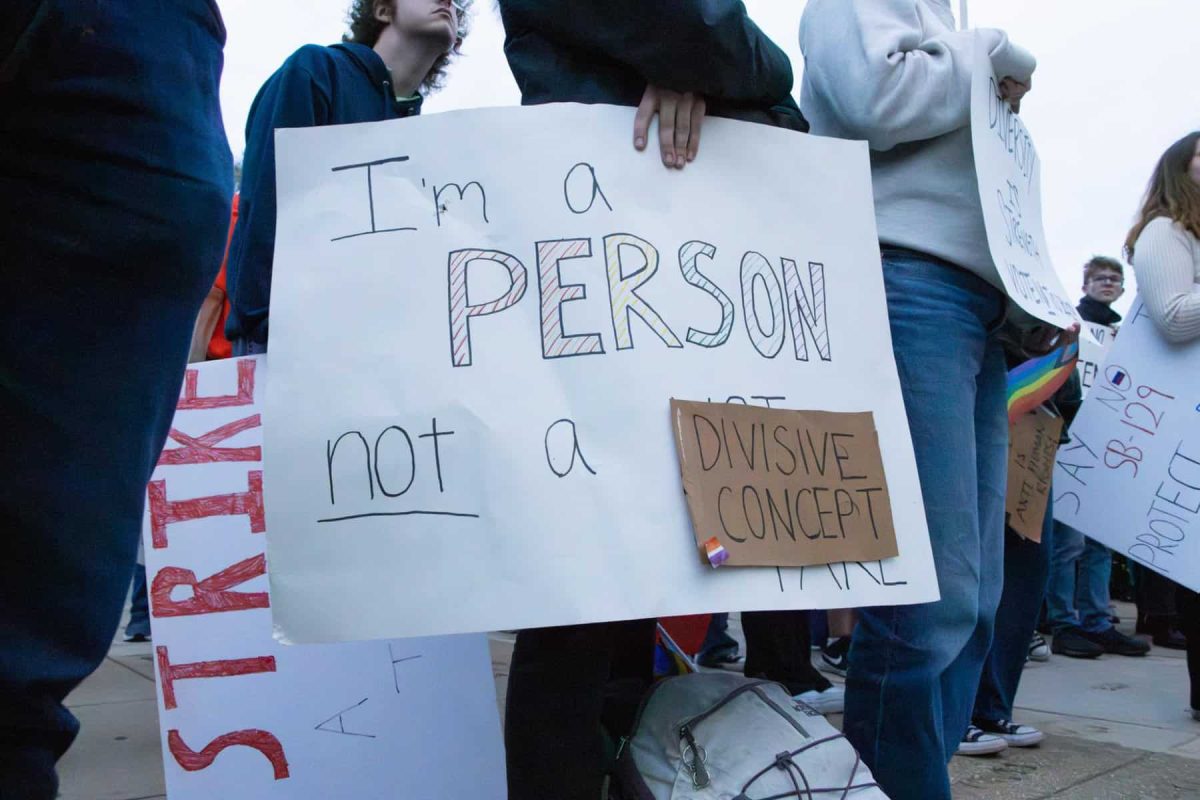The recent White House Instagram posts have sent me into a state of denial, checking to see if the post is real. Lo and behold, it is – a seemingly AI-generated Donald Trump, waxed and oily with a sneer smile stretched across his face.
“LONG LIVE THE KING,” the post read.
I had to sit with that for a moment – a king. First, I laughed, thinking Instagram and TikTok are going to eat this up. Then, a more unsettling feeling sank in: this is propaganda in real-time.
Propaganda is “the spreading of ideas, information or rumor for the purpose of helping or injuring an institution, a cause or a person,” according to the Merriam-Webster Dictionary.
Some may argue that one post stating this is not enough to incite political change or label as propaganda. I disagree. With the power and influence a president has, a singular post like this can incite a wide range of reactions.
The post was made to celebrate his administration’s move to kill New York City’s congestion pricing program.
“CONGESTION PRICING IS DEAD. Manhattan, and all of New York, is SAVED,” he wrote on X. “LONG LIVE THE KING!”
Which, as of late March, is still untrue. The program still lives, but has been put on hold, despite its early success to tackle cleaner air, safer streets and better transit. The website itself also says it is still in effect.
This is yet another spewing of Trump’s misinformation, but this time accompanied by the proclamation that he is king. Why is this bad?
The president, utilizing such strong verbiage and claiming he is king, is misleading to the public. This could embolden people who support him and his agenda to push for more terms, a king-like leadership and an abuse of power. Imagery such as this is often used to unite the dissatisfied, a tenet of fascism that my peer also commented on.
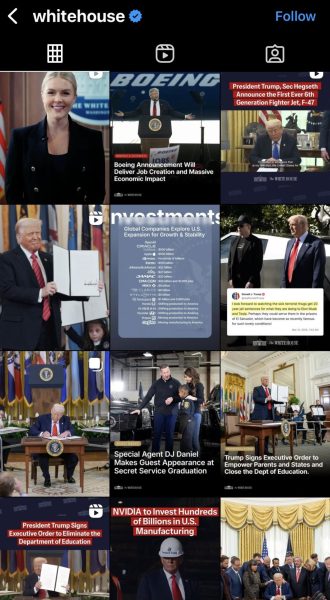
It is evident in the way the posts are formatted. More often than not, the posts are centralized around Trump’s face rather than the issue he “tackled” itself. This removes the affected people from the issue at hand, centering the focus back onto Trump.
On Valentine’s Day, the official page also posted a rendition of a Valentine’s Day card saying, “Roses are red / Violets are blue / Come here illegally / and we will deport you.”
This is blatantly unprofessional, insensitive, irregular and unprovoked. Political commentary such as this bolsters hateful narratives, especially when coming from a figure of power. Not only is this problematic, but statements like these do not represent what most people in the U.S. want reform to look like.
While policies and reforms on immigration have been a top ballot issue for the American people, this does not necessarily mean that people agree with the methods currently utilized under Trump and previous presidents. According to ABC News, many American people support declaring a national emergency at the border, using the military to secure the border and detaining immigrants accused of crimes.
While these are supported issues, “If you dig deeper into the polling, it turns out that support for mass deportations varies a lot depending on how the question is asked, making it tricky to assess how Americans really feel about what Trump is doing — and how they will react to it,” ABC News said.
This made me wonder if previous presidents approved social media posts such as these on the White House account. When I looked back, all previous posts were deleted. While I cannot attest to how previous presidents would post exactly, I know for certain this is the first time a president and the White House jointly posted an ASMR video of deportees in chains.
Furthermore, on Feb. 25, Trump posted an AI-generated video of what his takeover in Gaza would look like alongside Israeli Prime Minister Benjamin Netanyahu, saying, “Trump Gaza is finally here.”
It is not irregular for presidents to make controversial statements, but what is irregular is the continual push of highly divisive rhetoric and the unprofessionalism that guides it. Trump has been in office for merely two months now, focusing his presidency on executive orders and control, with 92 executive orders in .08 of his presidency.
The White House’s and Trump’s recent Instagram posts mark a troubling shift in political communication, where image-driven rhetoric and exaggerated claims take center stage over substantive discussion of policies.
As we continue to navigate this era, it is vital that we critically evaluate the impact of these posts, not just on policy but on the broader social fabric, and hold our leaders accountable for their rhetoric, especially in the digital age.




